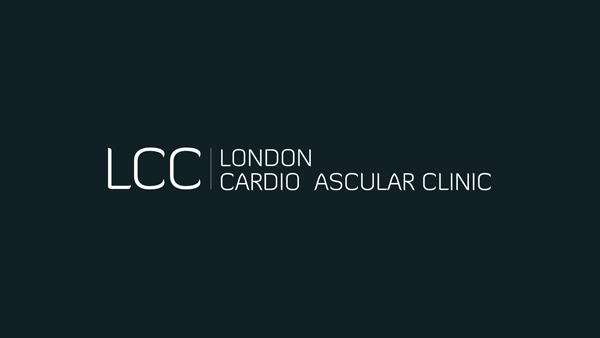The short answer is maybe, but if it was my heart, I am not yet rushing to have more stents put in.
Should I get a stent in a coronary artery that is not significantly narrow?
Firstly, what is a significant narrowing? Anatomically it can look “tight” and if it looks 90% narrow it probably is. But if it looks 50-80% narrow, physiological testing will be needed to confirm it is indeed flow limiting.
Secondly, just because it is narrow, it does not mean a stent is needed. Except for the left main stem artery (LMS) and left anterior defending artery (LAD), there is no evidence that stenting will make you live longer.
Unless you have terrible angina, it won’t make you feel better either!
What is a “vulnerable plaque”?
Why do some plaques drive to rupture and block the blood vessels? They are more inflamed and more unstable. They can’t be seen from outside the body. There is data that they can be images from inside the blood vessel.
We can’t see the inflammation site you but can estimate it.
Thus:
- Thin cap on top of it- so it is more fragile
- A high content of fat in the plaque – so it is more fragile
- A higher burden of plaque- there is more of it in that spot- more than 70% burden
- A narrower vessel – there is more of it and it needs to increase in size less to block off the blood vessel – less than 4mm2 area minimum
This can be assessed with intravascular ultrasound (IVUS) or with optical coherence tomography (OCT). This itself requires skill in doing it and interpreting it. I do imaging routinely when performing stenting, but these investigators also looked at areas >50% narrowed on angiogram, but with no flow limitation (measured with FFR >0.8).
They used the above 4 criteria. If two were present, then it was a vulnerable plaque.
Interestingly half of patients with over 50% narrowing with FFR >0.8 had “vulnerable plaques”.
What does this trial say?
Over a 2 year follow-up, 1606 patients were randomised and assessed for the primary endpoint of: a composite of death from cardiac causes, target-vessel myocardial infarction, ischaemia-driven target-vessel revascularization, or hospitalisation for unstable or progressive angina,
That means that any of these could have led to a difference.
At 2 years:
Primary outcome :
-3 (0·4%) in the stent group versus 27 (3·4%) in the medical therapy group (absolute difference –3·0 percentage points [95% CI –4·4 to –1·8]; p=0·0003). This means it was highly statistically significant
Death:
-4 (0·5%) versus 10 (1·3%) patients (absolute difference –0·8 percentage points [95% CI –1·7 to 0·2]). This was NOT Statistically significant.
Heart attack:
-nine (1·1%) versus 13 (1·7%) patients had myocardial infarction (absolute difference –0·5 percentage points [–1·7 to 0·6]). This was NOT Statistically significant.
Issues with the trial:
The largest issue is that it was not blinded – thus the patient and the doctor knew in the non-interventional arm that there was a “vulnerable plaque”- that makes THEM vulnerable to the suggestion that there was a risk, and thus any “angina” should be taken seriously.
Secondly, it did not prove that death or heart attacks were significantly reduced – those are hard endpoints that cannot be affected by bias.
Thirdly, patients with stents were given strong anti-platelet medication that could have reduced risk. And lastly, 50 patients (3%) were lost to follow-up. This may have affected the results
So, it is interesting- but will it make me change my view today- no. I will NOT be stenting vulnerable plaques tomorrow.
How do I find out more?:
Book your consultation
If you have asymptomatic Coronary Artery Disease and are struggling to decide what to do, please book a consultation, I will be more than happy to see you. Let’s get the quality of your life back.
Article by Dr Malik, a UK leading cardiologist. He works at One Welbeck Heart Health – London’s Largest Private Cardiology Group, and at Hammersmith Hospital, Imperial College Healthcare NHS Trust, London, one of the largest NHS Trusts in the UK.



